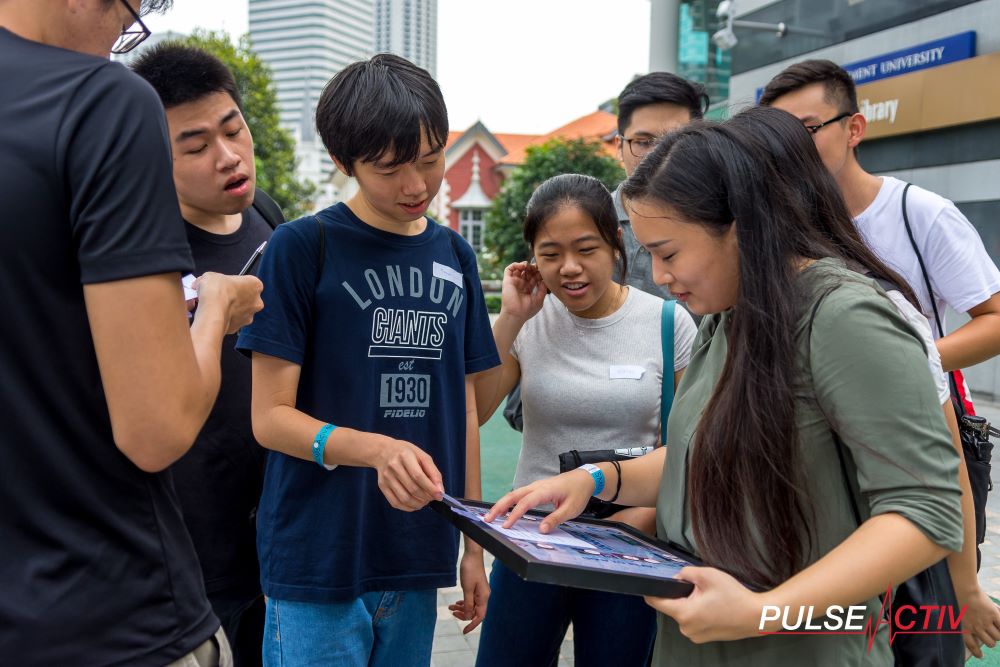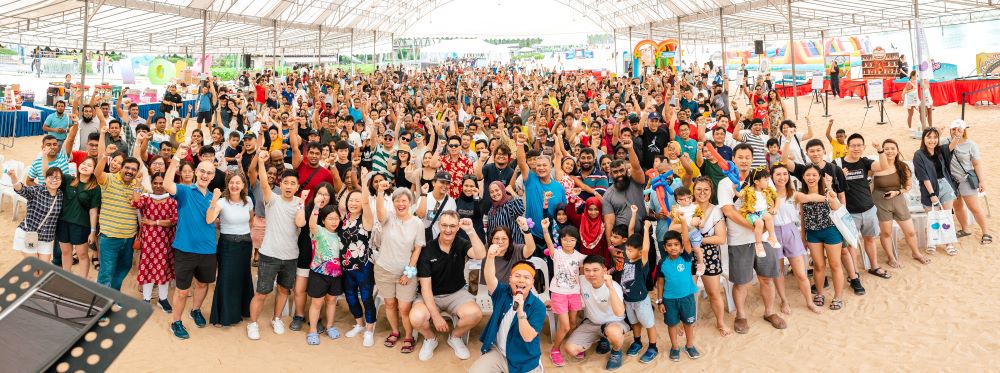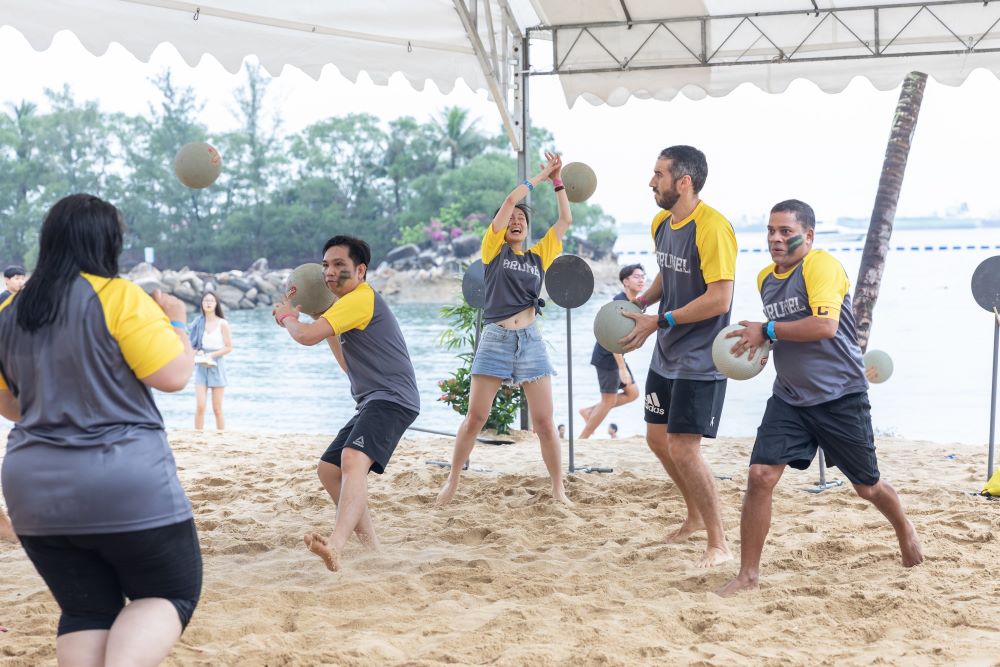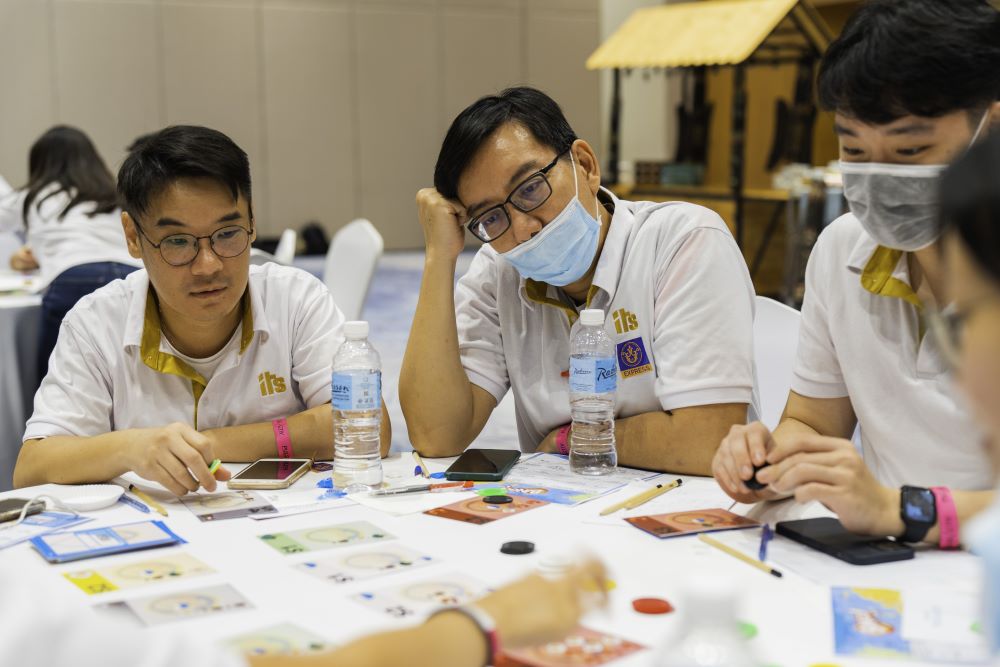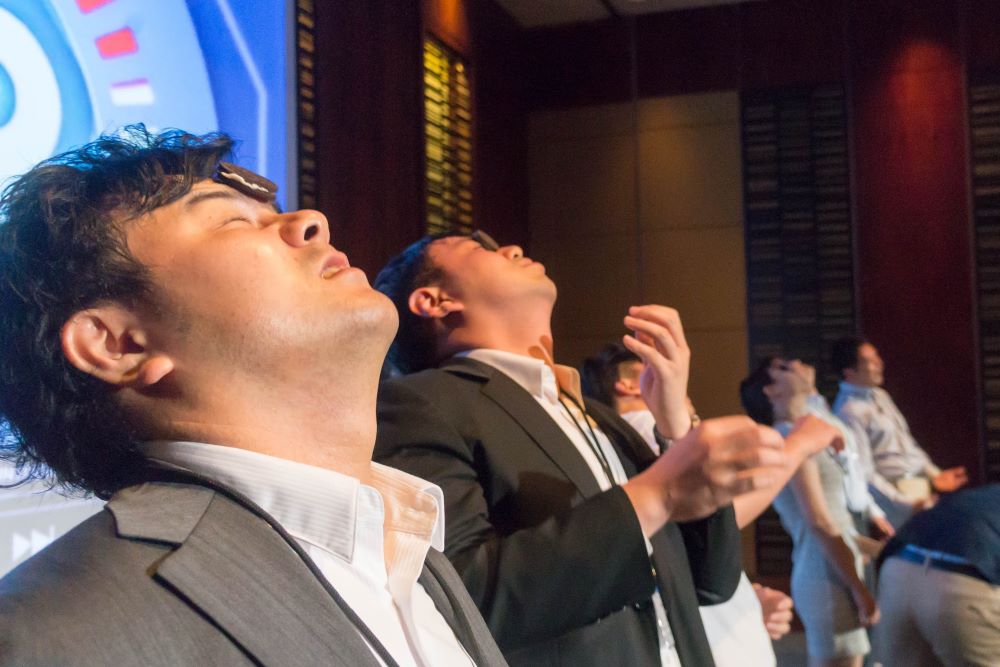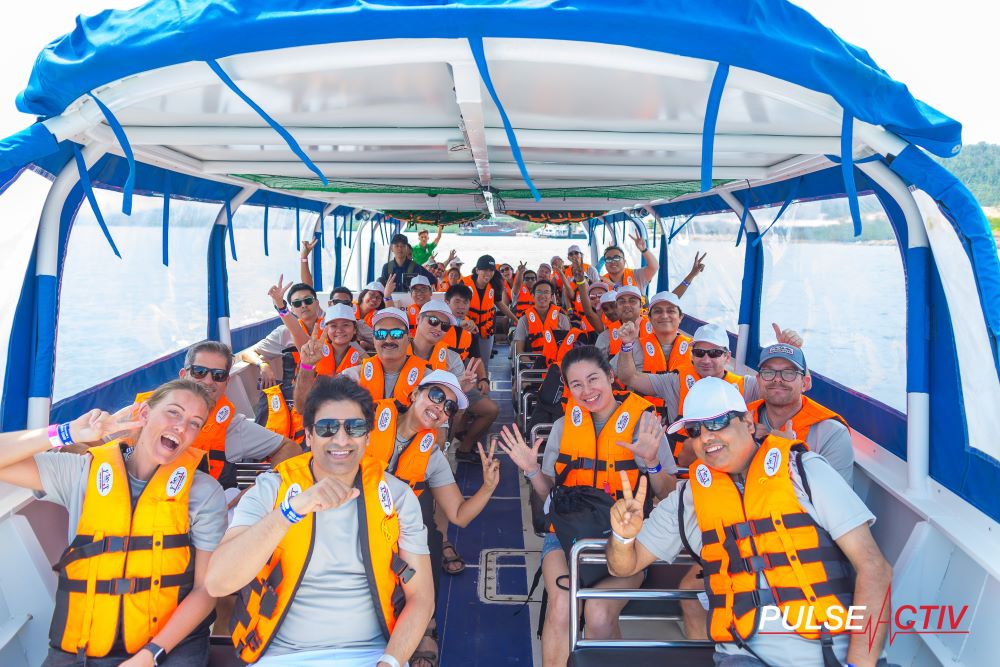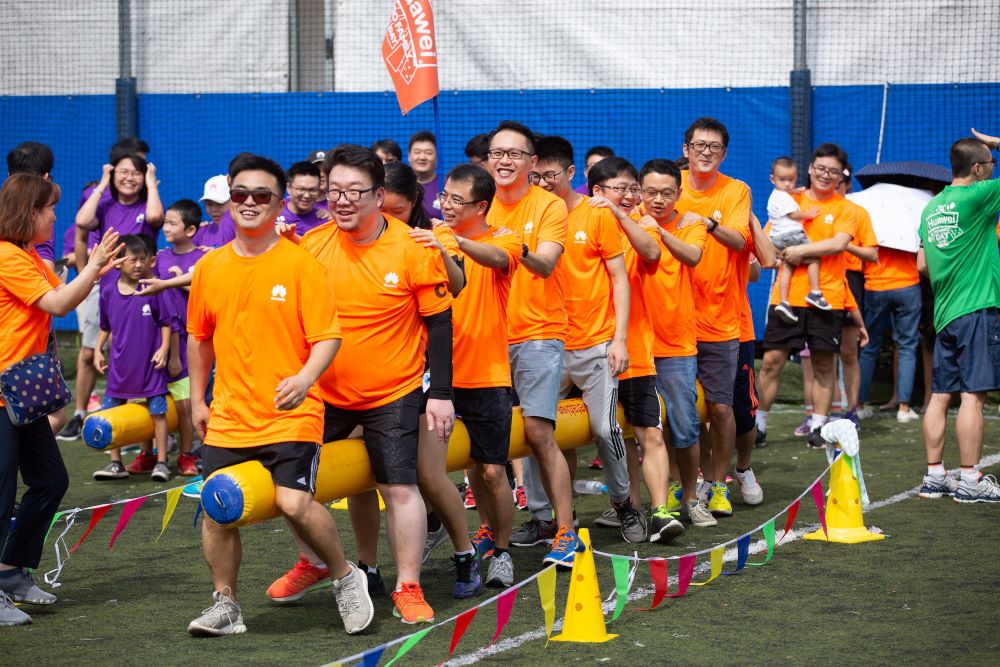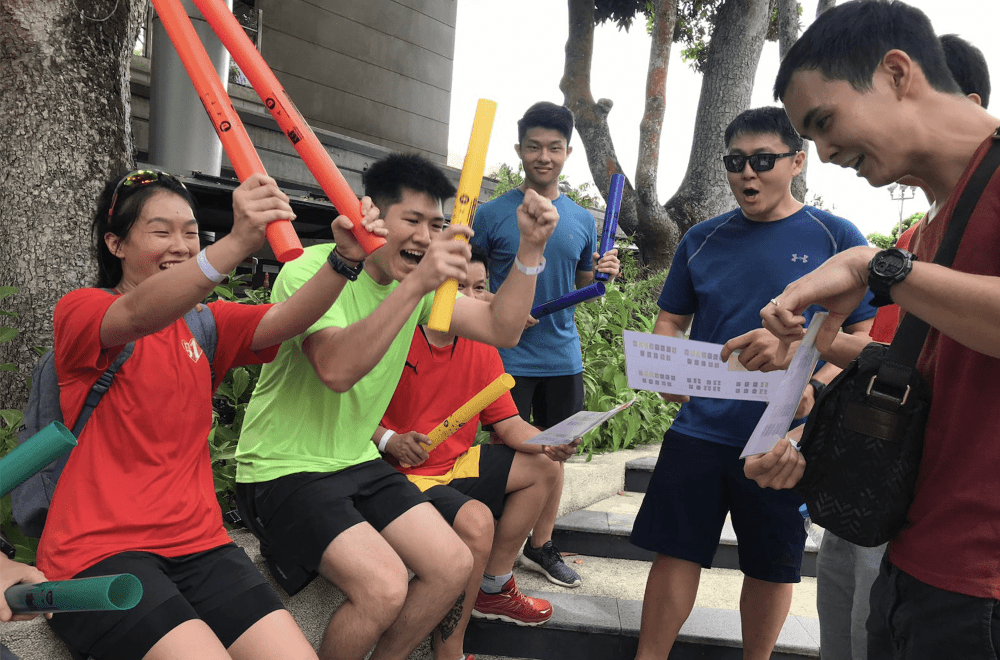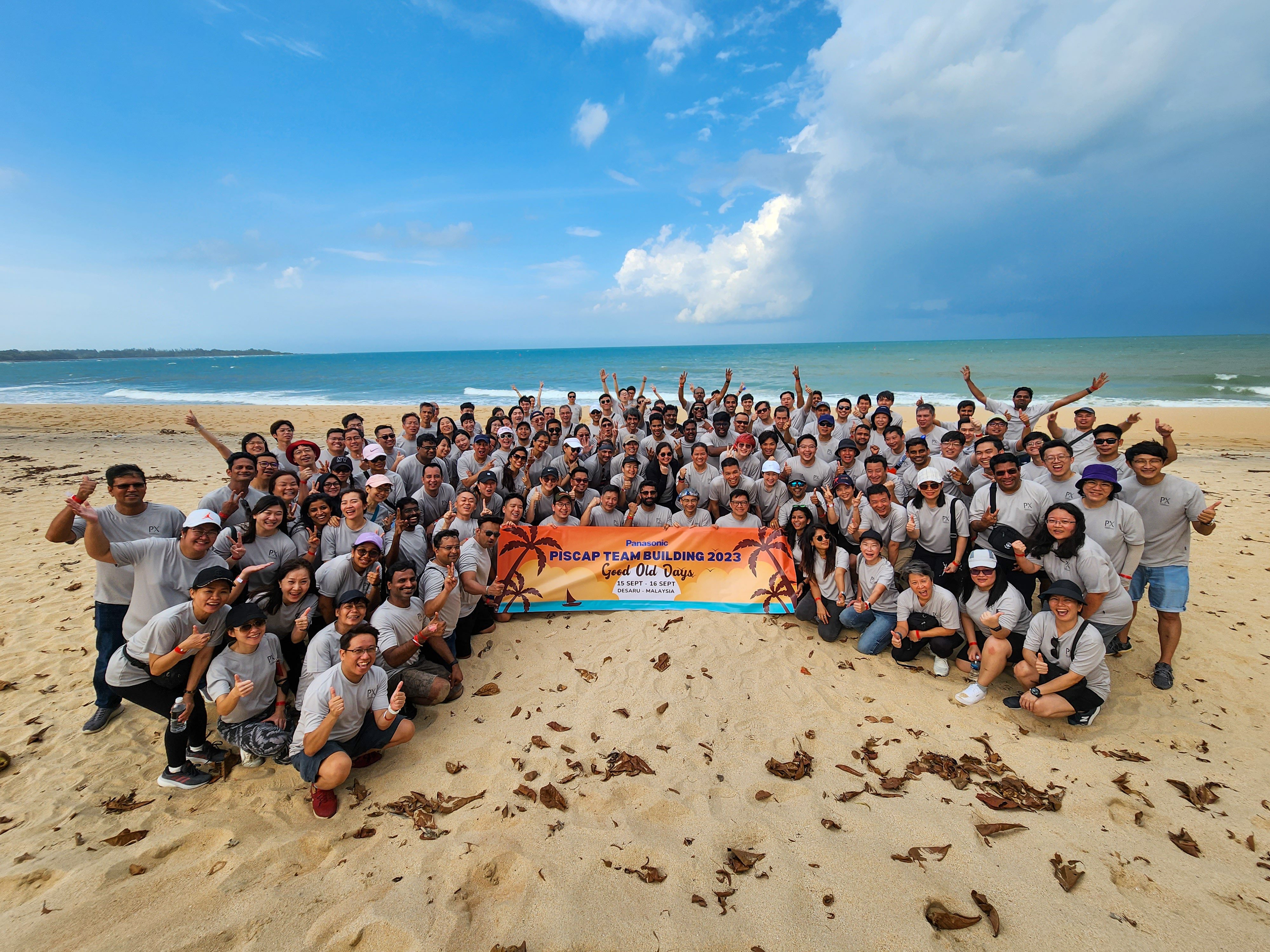Treasure Hunts and Fun Games: A Fun Twist on Team Building
Games always bring people together, even quiet and shy people. Treasure hunts are one of the exciting and engaging ways to foster teamwork and problem-solving skills among team members. By turning team-building activities into a game, you can create a memorable experience that strengthens bonds, improves communication, and enhances collaboration. Here’s a guide on how Treasure hunts and fun games can benefit your team and tips on organizing a successful event.
Encouraging Teamwork and Problem-Solving Skills
- Promoting Collaboration
Treasure hunts require team members to work together to find clues and complete tasks. This collaborative effort helps break down silos and encourages open communication, as participants must share information and ideas to progress.
- Enhancing Problem-Solving Skills
Participants are often presented with riddles, puzzles, or challenges that require creative thinking and problem-solving. Working together to solve these problems can help team members develop critical thinking skills and learn to approach challenges from different perspectives.
- Building Trust
As team members rely on each other to complete tasks, they build trust and mutual respect. This trust can translate into a more cohesive and supportive work environment, where individuals feel comfortable relying on their colleagues.
- Improving Communication
Effective communication is key to success in a treasure hunt. Team members must clearly convey information, listen actively, and collaborate to find solutions. These communication skills are invaluable in the workplace, leading to more efficient and effective teamwork.
- Fostering Friendly Competition
A little competition can be healthy and motivating. Games and hunts create a sense of friendly competition, encouraging team members to strive for excellence while having fun. This competitive spirit can boost morale and drive performance.
Tips for Organizing a Successful Treasure Hunt
- Set Clear Objectives
You need to determine the goals of your treasure hunt. Are you looking to improve communication, encourage creativity, or simply have fun? Having clear objectives will help you design tasks and challenges that align with your goals.
- Choose the Right Location
You should select a location that suits your team size and the type of challenges you want to include. Whether it’s a citywide hunt, an office-based activity, or an outdoor adventure, ensure the location is safe and accessible for all participants.
- Design Engaging Challenges
Create a mix of tasks that require different skills, such as solving puzzles, taking photos, or completing physical challenges. Ensure the tasks are varied and engaging to keep participants motivated and excited.
- Divide Participants into Balanced Teams
Form teams with a mix of skills and personalities to encourage diverse thinking and collaboration. Aim for balanced teams where everyone has a role to play and can contribute meaningfully.
- Provide Clear Instructions
Ensure participants understand the rules, objectives, and timeline of the treasure hunt. Provide a clear list of tasks and any necessary materials, such as maps, clue sheets, or digital devices.
- Incorporate Technology
Consider using a treasure hunt app or platform to streamline the event and enhance the experience. These tools can provide real-time updates, track progress, and add an element of interactivity.
- Include Prizes and Incentives
Offer prizes for the winning team and possibly smaller rewards for completing specific tasks. Incentives can boost motivation and add excitement to the hunt.
- Debrief After the Event
Hold a debriefing session to discuss the experience and gather feedback. Encourage participants to share what they learned and how they worked together. This reflection can reinforce the skills and lessons gained from the activity.
Conclusion
Treasure hunts and fun games offer a fun and effective way to build teamwork and problem-solving skills. By promoting collaboration, enhancing communication, and fostering a sense of friendly competition, these activities can strengthen team dynamics and improve workplace performance. With careful planning and engaging challenges, a treasure hunt can be a memorable and impactful team-building experience.
To head back to read another article in our blog, click here.
